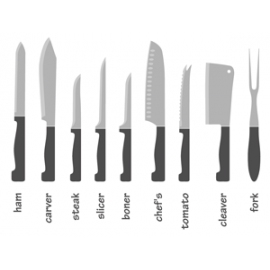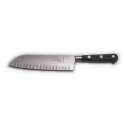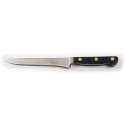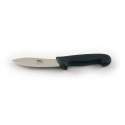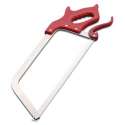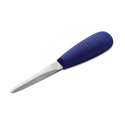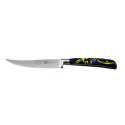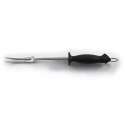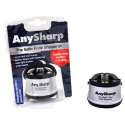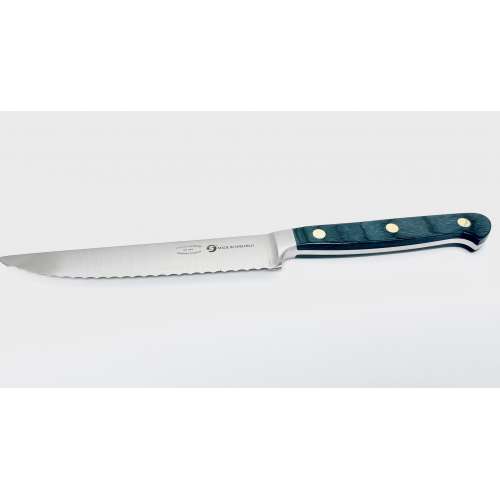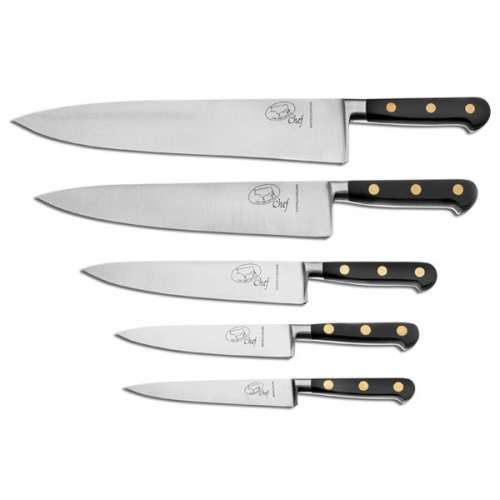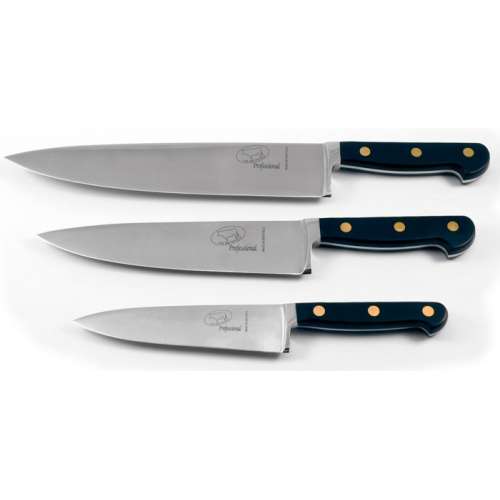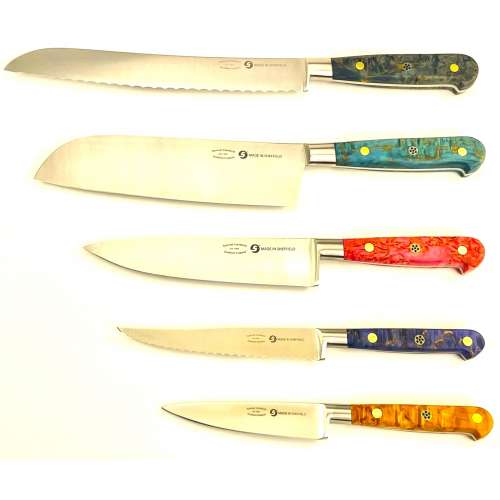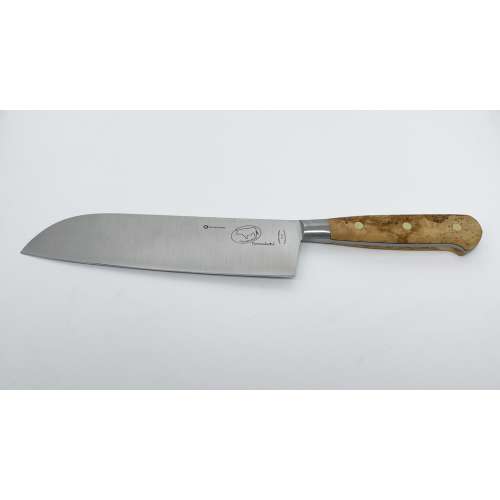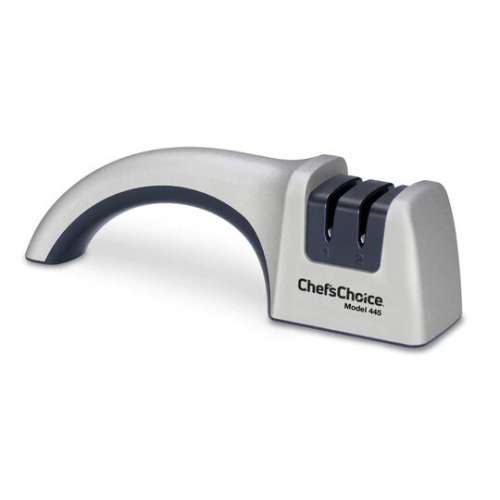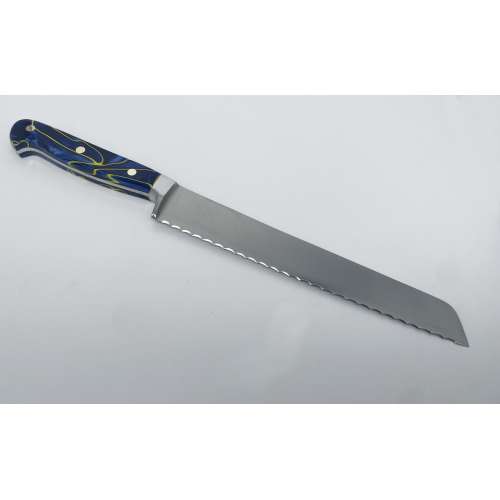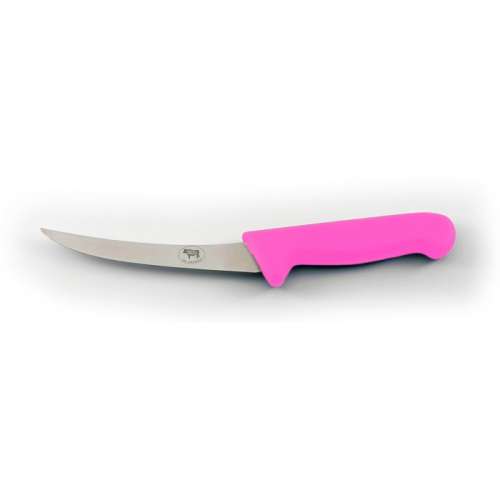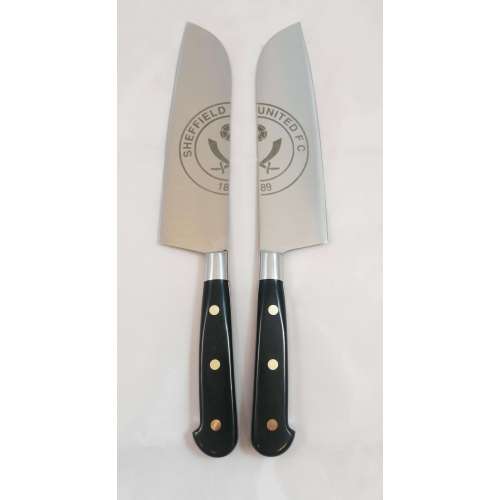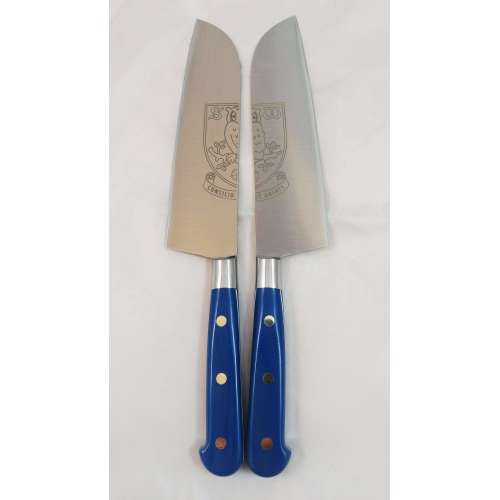No products
Product successfully added to your shopping cart
There are 0 items in your cart. There is 1 item in your cart.
Knife Types
At Samuel Staniforth, we offer a range of knife types suitable for a variety of tasks in the kitchen. Whether you’re carving, chopping or slicing, you’ll find the right knife here. From our comprehensive range of catering and cooks’ knives to our specialist butcher items, there really is something for everyone! Available in a variety of differen...
At Samuel Staniforth, we offer a range of knife types suitable for a variety of tasks in the kitchen. Whether you’re carving, chopping or slicing, you’ll find the right knife here. From our comprehensive range of catering and cooks’ knives to our specialist butcher items, there really is something for everyone! Available in a variety of different shapes, styles and handle materials, our kitchen knife types can make every single job in the kitchen easier, more comfortable and fun.
You’ll be pleased to hear that all of our knives feature tactile, user-friendly handles, so you’ll enjoy each use. We are committed to crafting the finest cooking knives to make sure the cooking experience is as pleasant as possible. This is because we believe that when cooking is enjoyable, it makes every meal that much more delicious.
No matter what you are looking for, we are here to help you find the perfect knife type for the task. Take a look at our range of different knife types below to find the right one for you!
Why Choose Our Knife Types
Quality - At Samuel Staniforth, every knife is manufactured using care and precision. We are committed to ensuring that all of our customers are satisfied with their handcrafted knives.
Tradition/Family Owned - Our close-knit team of experts are dedicated to creating a range of exquisite knife types steeped in the heritage of utmost quality.
Experience - With over 150 years of experience in the production of quality forged Sheffield made knives, we are able to produce quality products with speed and efficiency.
Value for money - Combining our years of experience with our outstanding manufacturing skills, you can rest assured that you’ll receive your handcrafted knife at an excellent value.
Customisable - This is what sets us apart from other knife makers. If you are looking for something more unique, you’ve come to the right place. At Samuel Staniforth, we are completely flexible when it comes to customising our products. We’ll collaborate with you directly to craft the perfect knife type to meet your requirements, giving you complete freedom to choose.
Knife Types FAQs
What Is Each Type of Knife Used For?
Using the correct knife for the right job is so important whilst cooking. Not only can this improve the quality of your cuts but it also acts as a safety measure. Here is everything you need to know:
Chef’s Knife - A chef’s knife is one of the most versatile tools in a knife block. It is the go-to for chopping herbs, and dicing vegetables, fruits, poultry and fish.
Santoku Knife - This Japanese-style knife features small indentations that make it easier for food to slide off. Just like a chef’s knife, it is also very versatile and is great for chopping, dicing and mincing ingredients or slicing cheese.
Carving Knife - A carving knife is perfect for cutting large pieces of meat like roasted turkey.
Bread Knife - Bread knives are long and have serrated edges. This allows them to carve through soft or crusty bread without sacrificing its integrity.
Utility Knife - Utility knives are smaller than chef’s knives but not quite as petite as paring knives. They are ideal for slicing and chopping small to midsize vegetables and cuts of meat.
Boning Knife - Boning knives have an extremely narrow blade that tapers to a pointed tip. This long thin knife has a flexible blade that is used to debone cuts of meat or remove salmon skin more efficiently.
Paring Knife - Paring knives are proof that you should never judge a knife by its size. This small piece of cutlery has a very thin blade that is extremely sharp. It expertly peels, chops, slices, minces and removes seeds. It is perfect for slicing fruit or cutting up hot peppers.
Steak Knife - Steak knives are less for cooking and more for eating. They should be set at the table with any good steak dinner.
Sharpening Steel - Sharpening steels are like long metal rods used to correct a blade’s edge before and after each use.
Meat Cleaver - This large knife with a rectangular-shaped blade has many functions. It is most commonly used to chop vegetables and slice meat for stir-fries.
What Is The Most Important Type of Knife For Your Kitchen?
In our opinion, the most important type of knife for your kitchen is a classic chef’s knife. A chef’s knife is the go-to tool for more than 90% of daily kitchen tasks, including most slicing and dicing of fruits, vegetables, meats and fish.
What Size Knife Do Most Chefs Use?
Generally, most chefs use knives that are around 8 to 10 inches however, it does depend on personal preference, the restaurant and the type of food you are using it for. It’s also worth noting that people with smaller hands might prefer a 6 inch cook's knife for better control.
Why Are Butcher Knives Curved?
Butcher knives are curved because they provide excellent meat-cutting results. This is because the wider blade increases the weight, so it is easier to slice evenly, whilst also preventing the meat from tearing.
Subcategories
5" Utility Knife 5" Utility Knife
A utility knife is a highly versatile, multi-functional knife. It has been said that this is the ‘jack-of-all-trades’ that you will find yourself reaching for over and over again. A utility knife is a highly...
(Please note knives are made to order).'Chef' Cooks Knife 'Chef' Cooks Knife
To be called a chef’s knife implies that such a knife is the most important of all the options in the range of knives available in the kitchen. A chef’s knife can be used for absolutely anything from chopping meat to slicing fruit and vegetables. To be called a chef’s knife implies...
(Please note knives are made to order).Professional Cooks Knife Professional Cooks Knife
The most used and versatile knife in the Kitchen. The Traditional Cooks Knife.Available in 8 inch and 10 inch versions The most used and versatile knife in...
(Please note knives are made to order).8' Bread Ocean Blue 8' Bread Ocean Blue
A Bread knife is often listed by Chefs to be in their top 3 knives for food preparation. A Bread knife is often listed by...
(Please note knives are made to order).Curved Boning Knife (Stiff) Curved Boning Knife (Stiff)
Pretty In Pink Curved Boning Knife. Stiff Blade Available in 5" and 6" Versions Pretty In Pink Curved Boning Knife....
In Stock7" 150 - Sheffield United 7" 150 - Sheffield United
***LIMITED EDITION***Sheffield United Chef KnifeTo all foodie football fans we are offering a bespoke limited edition Sheffield United laser etched fully forged santoku chef knives £75 each to celebrate the clubs recent triumphs! ***LIMITED EDITION***Sheffield...
(Please allow 4-5 weeks before dispatch as knives are made to order).7" 150 - Sheffield Wednesday 7" 150 - Sheffield Wednesday
***LIMITED EDITION***Sheffield Wednesday Chef KnifeTo all foodie football fans we are offering a bespoke limited edition Sheffield Wednesday laser etched fully forged santoku chef knives £75 each. ***LIMITED EDITION***Sheffield...
(Please allow 4-5 weeks before dispatch as knives are made to order).
Categories
Wishlist
Information
New products
-

16" Double Handled Cheese Knife / Cake Knife / Pizza Knife
16 Inch Double Handle Cheese / Cake knife / Pizza knife X50 Stainless...
£ 60.00
Specials
-

5 Piece Set - Coloured Curly Birch
£ 296.00 -20% £ 370.00

